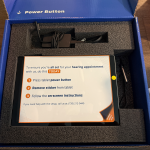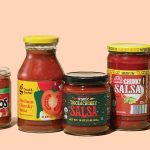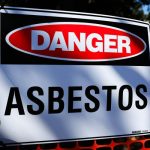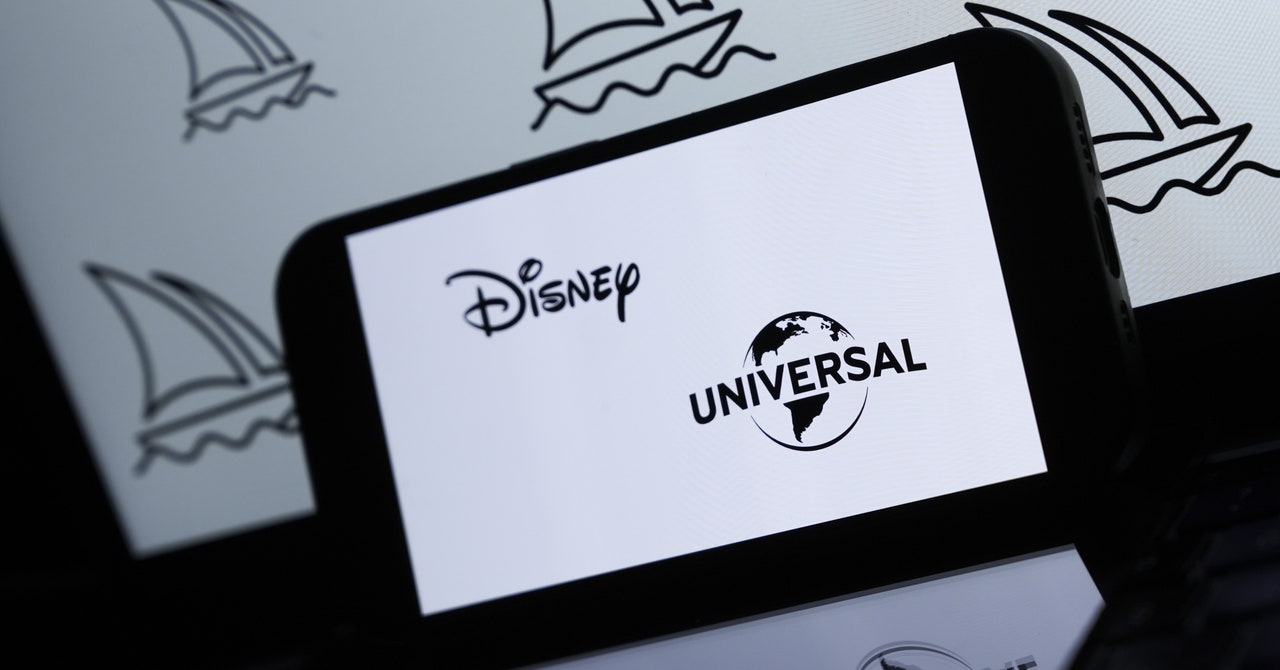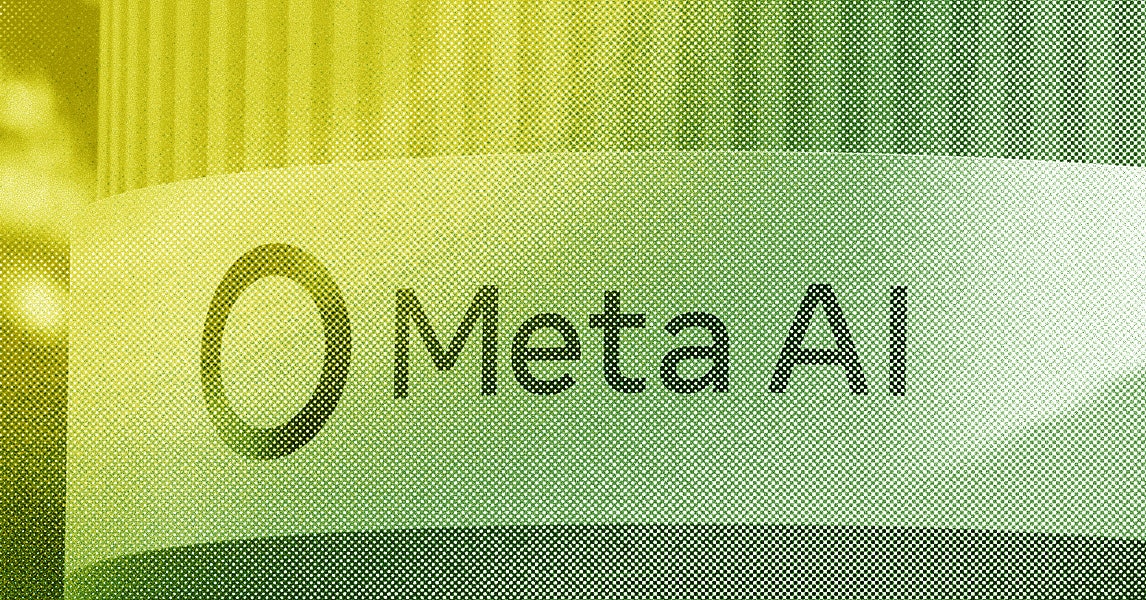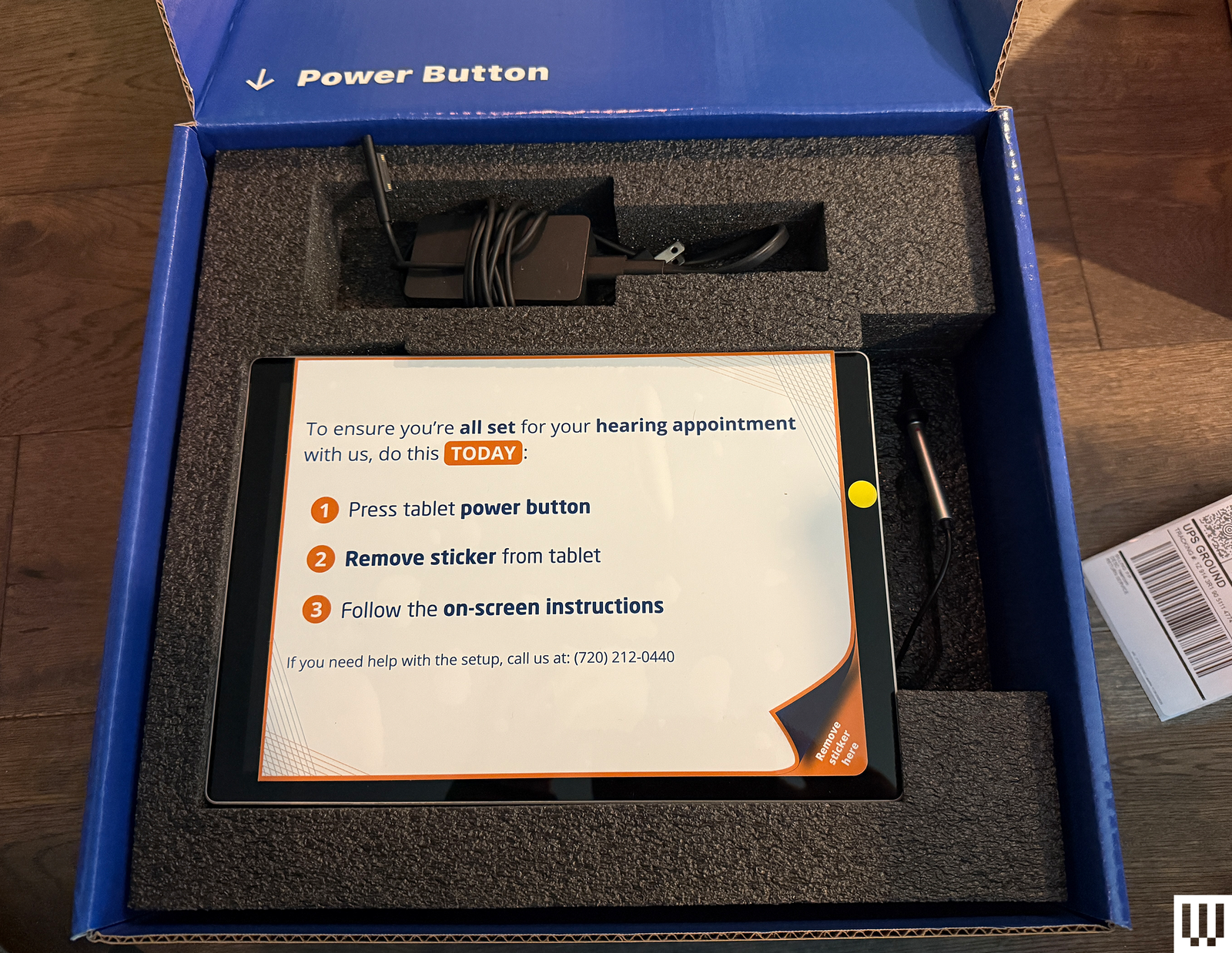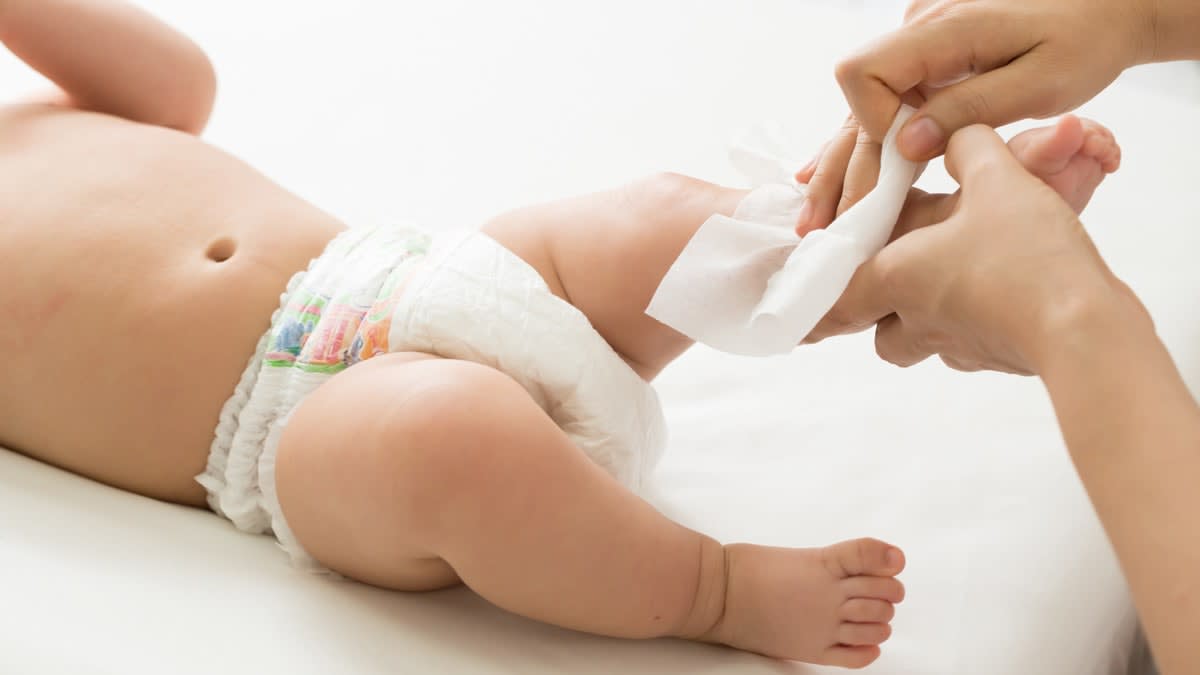
In addition to choosing one of the products we recommend, here are some other ways to reduce the chance that a diaper wipe contains potentially harmful chemicals or is harmful to the environment.
Look for red flag chemicals. While 1,4-dioxane and ethylene oxide are not disclosed on labels, you can spot products likely to contain those compounds, called ethoxylated chemicals, by being alert to terms such as PEG or polysorbate on the label, typically listed alongside a number, like PEG-40, 16 PEG, or polysorbate 80. You can also spot ethoxylated ingredients by looking for the suffix “-eth” or “oxynol.” Examples include “laureth” and “ceteareth.”
Choose wipes that don’t contain quats. These chemicals are listed on labels but can still be hard to spot, in part because ingredient names vary. Some giveaways: “quaternium” in the name followed by a number (such as quaternium-17), or “ . . . onium chloride” in the ingredient name (such as benzalkonium chloride). (Read more about green cleaning products and laundry detergents.)
Opt for wipes made from plant-based biodegradable materials. Wipes made with organic cotton are excellent choices, because cotton is completely biodegradable and organic means it’s been grown with more sustainable practices. Also better are wipes made from plant-derived fibers. On labels, you’ll see them listed as viscose, lyocell, modal, or Tencel, which is a type of trademarked lyocell or modal.
One thing to note is that cellulosic fibers like viscose, lyocell, and modal are not perfect: Their production typically involves several chemically intensive processes, which vary from manufacturer to manufacturer, opening the door to chemical contamination. Tencel branded lyocell and modal may be particularly good choices because, according to parent company Lenzing, 99.8 percent of the solvents used during production are captured and reused, reducing how much gets released into the environment.
If a wipe doesn’t tell you what it’s made from, assume the worst—that it’s made from PET or polypropylene—and skip it.
A final word about those “flushable” wipes: Just don’t, please. Even those that are made from biodegradable materials may get stuck in the pipes in your home, your community’s sewer lines, or your septic tank.
Go fragrance-free. The term “fragrance” on the back of a product label is an umbrella term for what could be over 100 fragrance ingredients. Because fragrance formulations are considered trade secrets, the specific chemicals used to make fragrance does not need to be disclosed on labels, leaving shoppers in the dark about what they might contain. Common fragrance ingredients can be endocrine disruptors, carcinogens, allergens, environmental toxins, and more. For that reason, it’s best to avoid products that don’t list all fragrance ingredients on the label, and skip those that include catch-all terms like “fragrance,” “natural fragrance,” or “parfum.” Luckily, most baby wipes are fragrance-free to begin with, as the market shifts in that direction from consumer demand, but it’s worth double-checking labels.
Think twice. Finally, before you reach for any wipe, ask yourself whether you really need it for the job. Could the mess be cleaned up with a quick hand-wash, a reusable cloth, or even a paper towel? While reusables are best, a paper towel is a better choice than a nonbiodegradable plastic-based wipe.



